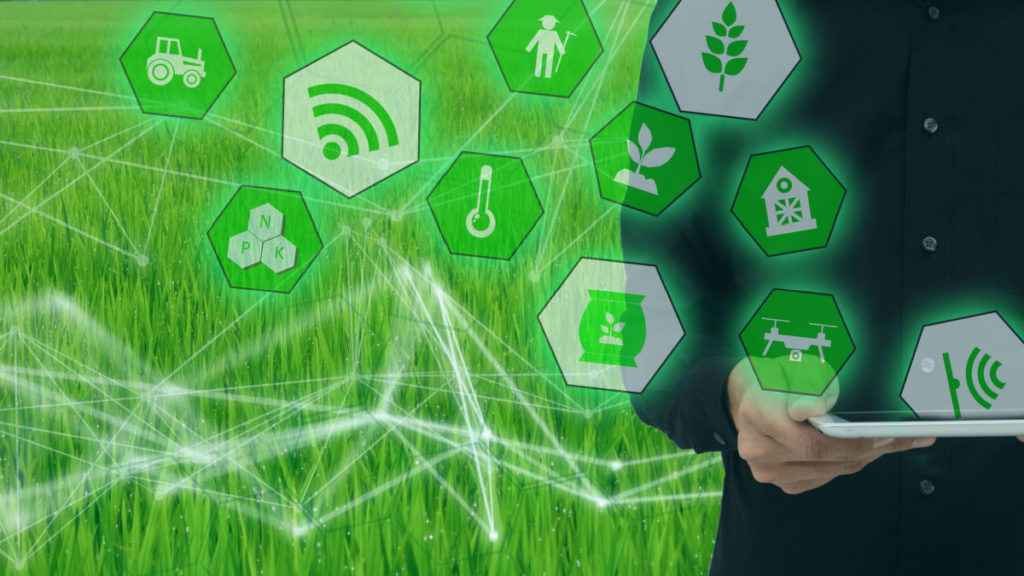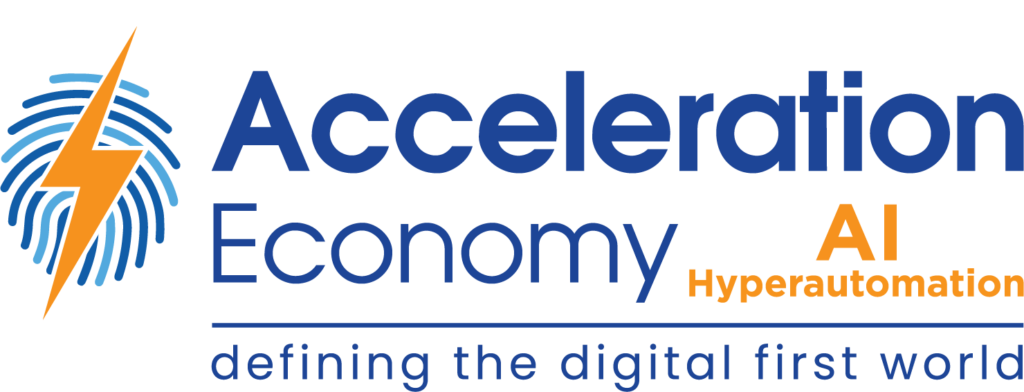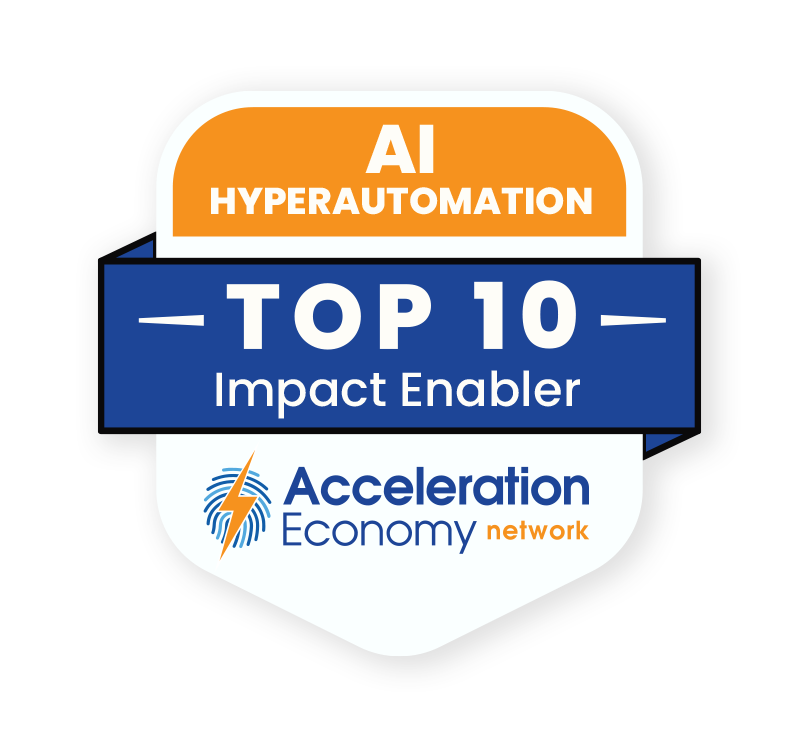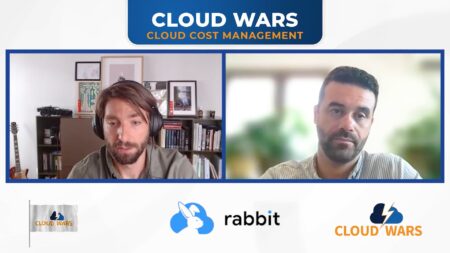Web3. Artificial Intelligence (AI). Sustainability. New technology can tackle old problems in unique ways that were previously not possible. As a (slight) tech nerd, I’m always inspired by seeing innovative companies and individuals using new technologies like blockchain and AI for good.
It’s not obvious at first glance how Web3 and AI can help the environment. In fact, the common narrative is that they damage it — Bitcoin critics are quick to mention the network’s energy usage that arises from proof-of-work mining, and AI is known to be one of the most compute-heavy undertakings with huge energy-guzzling data centers dedicated just to refining a model. While these are semi-valid criticisms, they miss the big picture. These technologies both play critical functions in how organizations operate more efficiently and can shift human behavior into more sustainable patterns.
Web3 and Sustainability Impact
Blockchain is well-known for its use in supply chains, and it can do so in ways that help sustainability. As one example, the world’s largest meatpacking group, JBS, recently developed a blockchain platform to trace its cattle supply chain to combat deforestation. (Deforestation is done to provide more grazing space for the animals, with an ensuing negative effect on biodiversity and air quality.)
Walmart uses IBM’s blockchain-based Food Trust to keep track of its goods along every step of the supply chain, both to minimize operational costs while also working towards sustainability goals by reducing energy loss and waste. That same tool is also used by Nestlé, Tyson Foods, Carrefour, and Raw Seafoods, among others.
Applying blockchain to the problems facing supply chain managers has a few advantages regarding sustainability:
- Efficiency: Companies can now complete financial transactions without third parties, reduce the time between ordering and payment processing, and further integrate the logistics pipeline. All of this means less wasted material and energy.
- Transparency: In today’s complex supply chains, it’s become hard for customers and end users to verify a product’s provenance and environmental footprint. By ensuring that records can’t be changed, blockchain makes supply chains more transparent, which helps with the accurate reporting of sustainability practices. Sustainability starts with accountability.
Carbon Tokens
Multiple new ventures are focused on creating “carbon tokens,” or blockchain-based tokens, which represent a stake in a sustainability project or digitized carbon credits that organizations can purchase to offset their emissions. One prominent example is Flowcarbon, a startup backed by venture capital firm Andreessen Horowitz that is working on a carbon credit crypto token designed to make carbon credits more liquid, easy to understand for consumers, and transparently priced.
Other projects such as Toucan, JustCarbon, and Moss.Earth have similar models. Firms with large holdings in carbon-negative assets like Bitcoin purchase these tokens to offset their environmental impact. For example, River Digital Asset Management recently launched “the world’s first carbon-neutral crypto asset fund.”
Of course, these ventures face some major issues. They’re still tied into the DeFi ecosystem and can be easily used for speculation and greenwashing. Backlash against the idea of carbon offsets versus actual reduction of carbon emissions is growing, as evidenced by a U.N. report released at the recent Cop27 climate conference. Startups that throw “blockchain” and “sustainability” into their pitch decks also tend to receive more venture capital funding in times of economic growth, but it’s important that these initiatives move the needle in measurable ways.
Where AI Comes In
AI is already a mature technology used across industries to automate processes, identify patterns, and outsource decisions. Yes, there are exciting new branches such as generative AI, which creates original adaptations of text, images, or sound that it received as training data, but at its core, machine learning (ML) and AI models are already being used across verticals in sustainability-focused ways. Here are a few highlights from recent years:
- Self-driving cars reduce traffic congestion and air pollution
- Power grids are optimized using AI and less energy is lost
- AI helps organizations predict demand and this helps limit waste
- AI improves weather forecasts, which help communities tackle climate-change-induced erratic weather conditions and prevent damage
- Computer vision-enabled drones tracking wildfires and ecosystem degradation across large natural areas
- Helping organizations identify sources of energy and resource waste in their operations
Single.Earth Combines Web3, AI to Tackle Deforestation
Estonia-based Single.Earth takes a unique approach to sustainability: it generates “Merit” tokens that landowners can earn each time they store 100kg (about 220 pounds) of carbon in their forests. You can then purchase Merit tokens for speculation and as a direct investment to tackle deforestation. In principle, the system is meant to offer investments that are directly tied to real ecosystems while also incentivizing landowners, who can use the healthy ecosystem as a revenue source, to take care of their land. Single.Earth incorporates satellite data, geospatial engineering, machine learning, and drones to monitor these forests to make sure landowners are fulfilling their duties. So far, Single.Earth has under 11 million hectares of land under its belt and 55 team members.
Web3, AI Converge in the Name of Sustainability
As we continue to think about responsible AI development, we need to ensure clean data sources for training our models. AI won’t reach its full potential by training on data sets riddled with AI-generated, falsified, or tampered-with entries. Blockchain’s immutability and transparency helps tackle this issue and provides an unprecedented level of “data integrity” and confirmation of data provenance. Especially in sensitive data like that generated on sustainability, we don’t want black box models or centralized data pools training our core AI systems.
At their core, both Web3 and AI further enable data and its capacity for positive change. As both develop, we’ll see more touch points between them, such as rolling AI-processed data onto chains, applying AI to existing chain data, or performing AI directly on the blockchain network nodes on the edge. These core combinations of technology will see more and more applications in sustainability.
Which companies are the most important vendors in AI and Hyperautomation? Click here to see the Acceleration Economy Top 10 AI/Hyperautomation Short List, as selected by our expert team of practitioner-analysts
Looking for real-world insights into artificial intelligence and hyperautomation? Subscribe to the AI and Hyperautomation channel:











